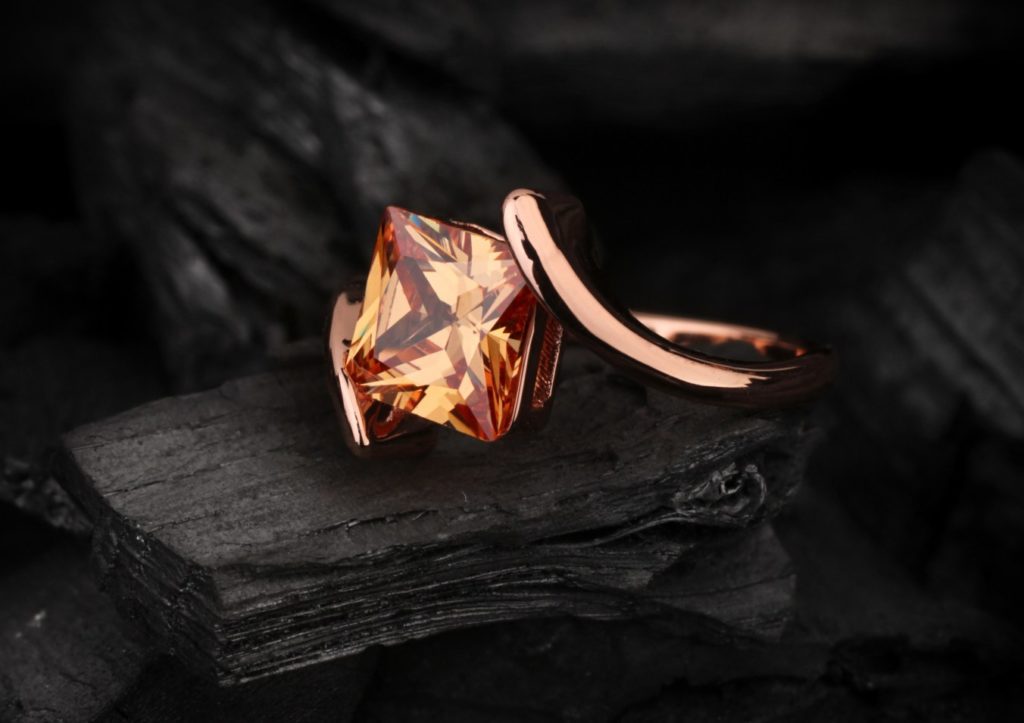Traditional legends claimed that topaz could harness the power of the sun. This gemstone is commonly found in warm yellow hues, but can be treated to produce other colors, such as blue. Pink topaz was linked to spring and summer, while other topaz colors were linked to fall.

Topaz symbolized the Egyptian Sun god, Ra. Ancient Egyptians felt it was an incredibly powerful stone. Hindus believed in the gemstone’s protective abilities. They felt it could protect homes from burning down, while also protecting their health and beauty. African shamans also treated the gemstone as sacred, using it in their healing rituals. They felt that whoever held the gemstone would become wealthy.
Ancient Greeks and Romans used topaz for strength and to prevent injuries. Around that time, Europeans linked the sunny stone to Apollo, the god of the Sun. Later during the Renaissance in Europe, people believed that topaz could break spells and quell anger.
In ancient times, people believed that topaz would prevent sleepwalking, reduce inflammation, and improve eyesight. It was also believed that the stone changed color when near food or drink that had been poisoned. Healers and physicians used it in all sorts of medical treatments.
Topaz has also been tied to the moon. It was believed that it’s healing power and color intensity waxed and waned with lunar phases.
Modern lore suggests topaz will bring about love and good fortune while uncovering lies and deceit. Some feel that the gemstone will reduce feelings of tiredness and promote good moods.
If you’re looking for topaz jewelry to celebrate a November birthday or 4th, 19th, or 23rd wedding anniversary, find an American Gem Society jeweler near you.
NOTE: The above is intended to educate on the myth, legend, and historical lore of topaz and is not meant to be interpreted as fact.